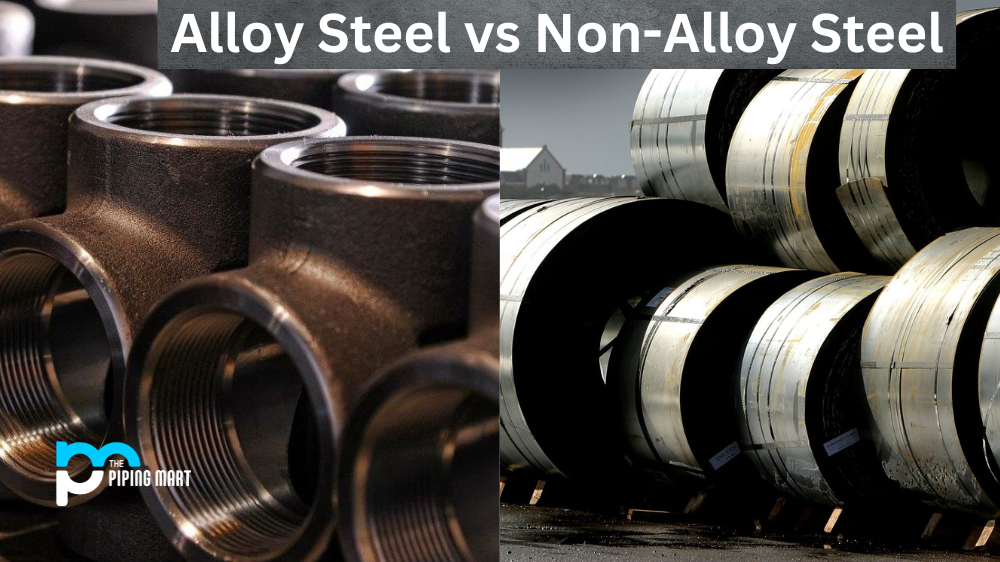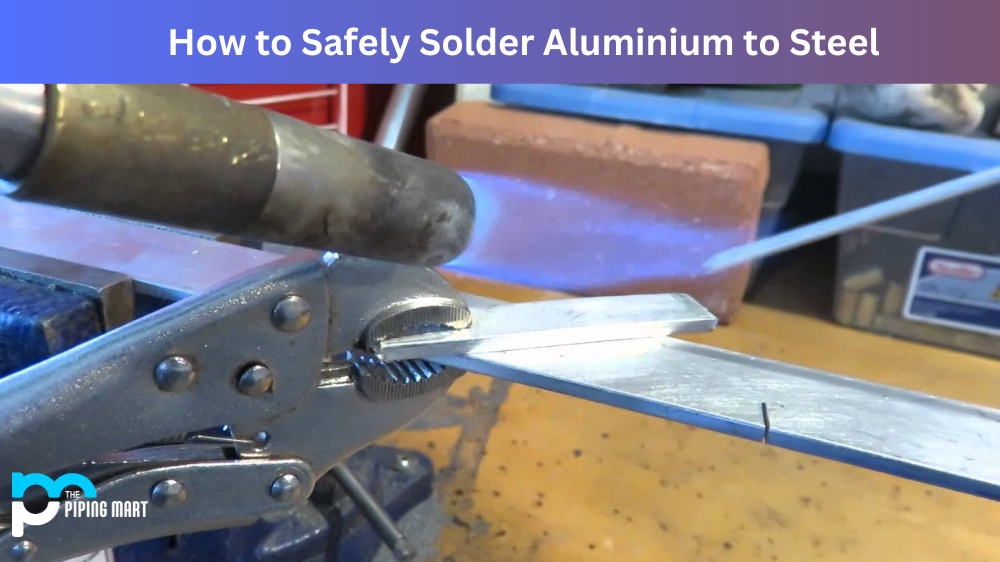Alloy steel and non-alloy steel are both popular materials used for industrial purposes, but what sets them apart? In this blog post, we will discuss the differences between the two steels so that you can make an informed decision when selecting a type of steel for your project.
What is Alloy Steel?
Alloy steel is a combination of different metals that are combined to improve their properties. This combination creates a material with greater strength, corrosion resistance, wear resistance, and heat resistance than its component parts. Common elements used in alloying include carbon, aluminium, chromium, nickel, manganese, molybdenum, silicon, tungsten, vanadium and titanium.
What is Non-Alloy Steel?
Non-alloy steel does not contain any additional elements beyond iron and carbon. However, it does have a slightly higher carbon content than alloy steel. This makes it harder than alloy steel but also more brittle. Non-alloy steel is used for applications where strength or hardness is required without the need for additional elements such as corrosion or wear resistance. It’s commonly used in automotive parts such as axles and drive shafts, as well as construction materials like rebar and structural beams.
Difference Between Alloy Steel and Non-Alloy Steel
Uses of Each Type of Steel
Alloy steels are primarily used in specialized applications where high strength or specific mechanical properties are needed, such as fasteners or aircraft components. Non-alloy steels are most often used in applications where strength or hardness is required, but additional elements aren’t necessary, such as structural beams or rebar in construction projects. Both types have their place in modern manufacturing processes, but depending on the application, one type may be more beneficial than the other.
- Alloy steel is a type of steel that contains one or more alloying elements.
- Non-alloy steel is a type of steel that does not contain any alloying elements.
- Alloy steels are stronger and harder than non-alloy steels.
- Alloy steels are less likely to rust than non-alloy steels.
- Alloy steels are more expensive than non-alloy steels.
- Non-alloy steels are more common than alloy steels.
Conclusion:
When selecting a type of steel for your project, it’s important to consider all factors, including strength requirements, cost-effectiveness and corrosion/wear resistance needs, before making your decision. Both alloy and non-alloy steels have their place in industrial applications, but knowing which one will best suit your needs can save time and money down the road. With the information provided in this blog post, you should now be better equipped to make an informed decision when choosing between alloy steel vs non-alloy steel for your next project!

A passionate metal industry expert and blogger. With over 5 years of experience in the field, Palak brings a wealth of knowledge and insight to her writing. Whether discussing the latest trends in the metal industry or sharing tips, she is dedicated to helping others succeed in the metal industry.




